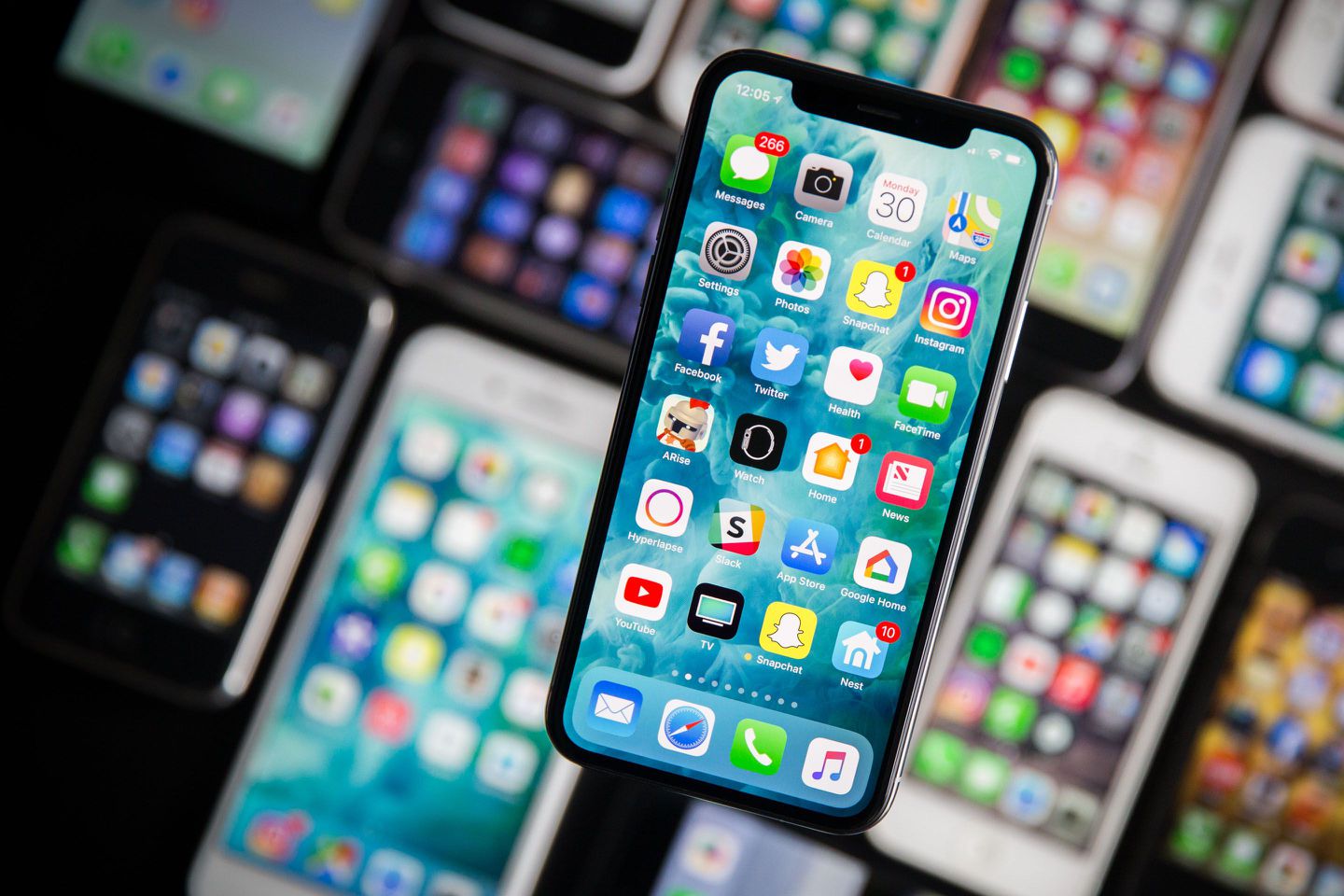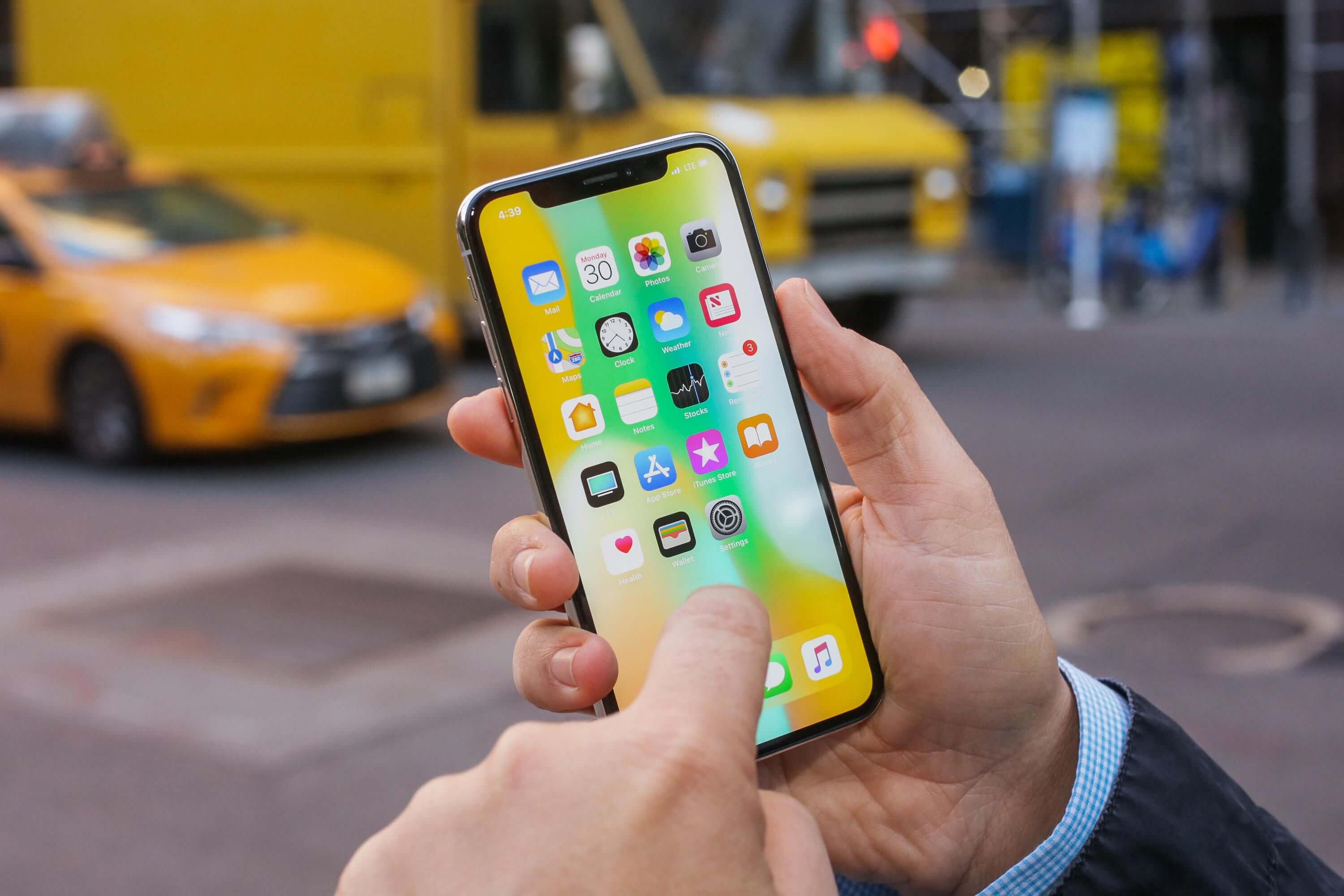
As Apple readies its next batch of iPhones and consumers are feeling less need to upgrade since the latest generation lacks significant new features, an insider has shared that two new additions could make an appearance within the next several years.
Curved displays and touchless gesture control could be the next major changes to the iPhone. Samsung has successfully been producing phones with curved edge-to-edge displays since the Galaxy S6 Edge made its debut in 2015. Air Gestures have been around since the launch of the Galaxy S4. However, Apple's plans are significantly different concepts.
Instead of curving outwards towards the edges of the phone, Apple is considering displays that have a concave curvature that slowly dips towards the center from the top and bottom. In order to install a curved display, OLED or MicroLED technology is required. Given that the latter is still at least three years away from production, there is a strong chance that more OLED displays will end up in more iPhone models aside from the flagship.

Touchless gesture control would allow end users to hover their finger over the display and still be able to interact with onscreen options. Unlike Samsung's technology that uses a sensor embedded in the top bezel, Apple is looking at integrating proximity sensing into displays. This new feature could integrate well with the already existing 3D Touch feature that senses the pressure of touch input.
Although curved displays and touchless input may still be years away, greater use of OLED displays is expected this year. A larger 6.5-inch iPhone will carry an OLED display. In order to keep up with demand and also become less reliant on Samsung, Apple will also be sourcing from LG Display for upcoming models.
https://www.techspot.com/news/74011-next-generation-iphones-could-allow-touchless-user-input.html